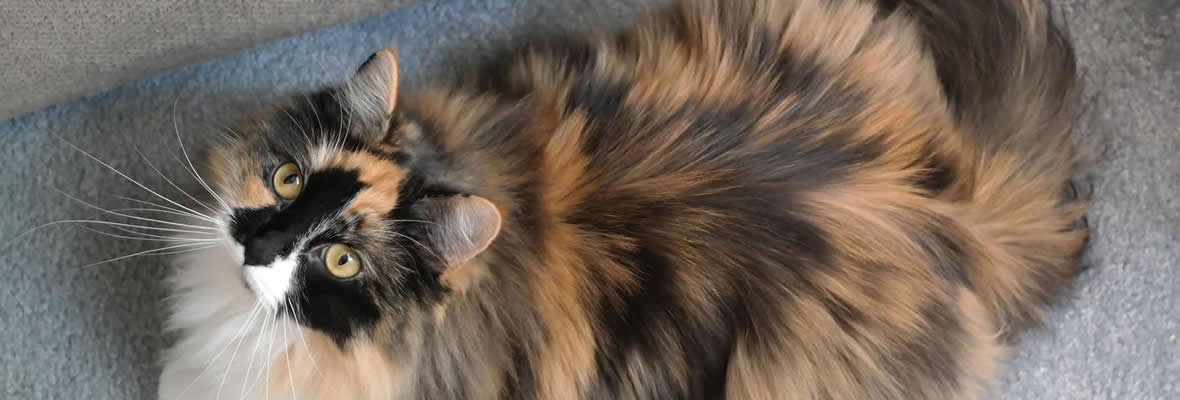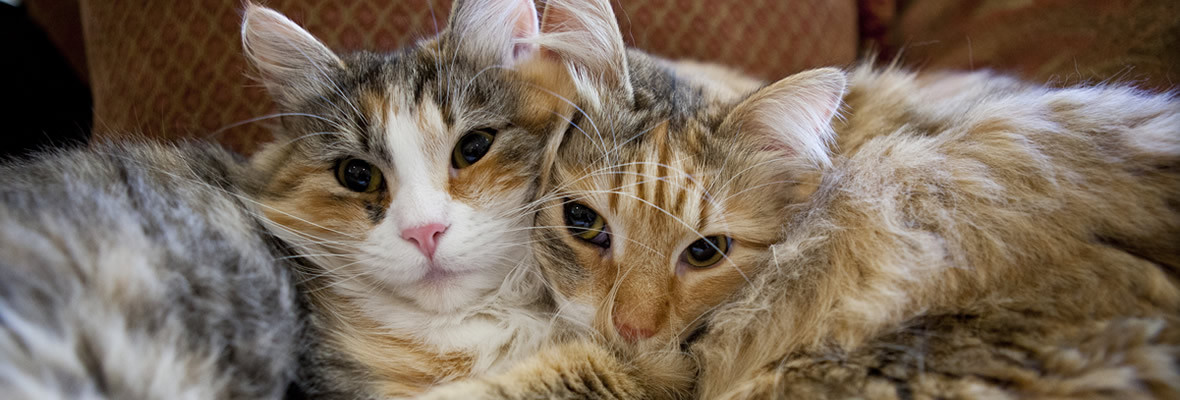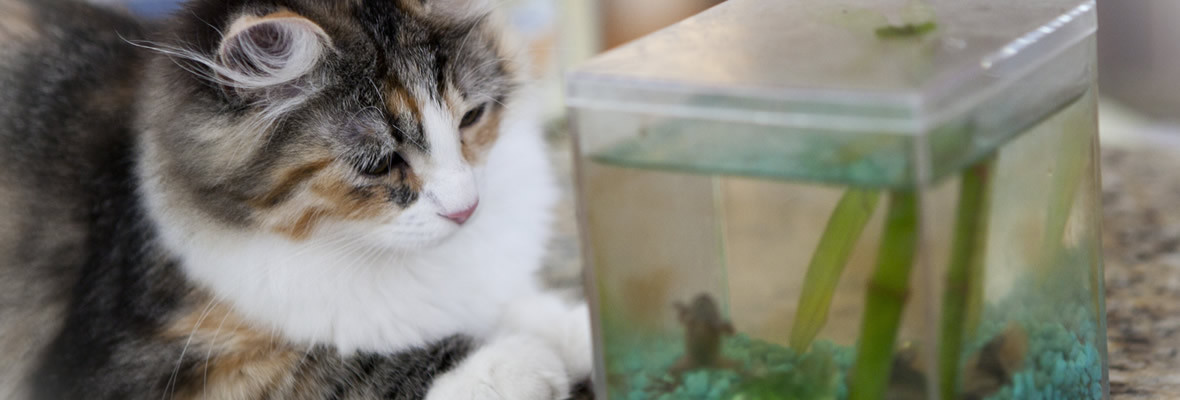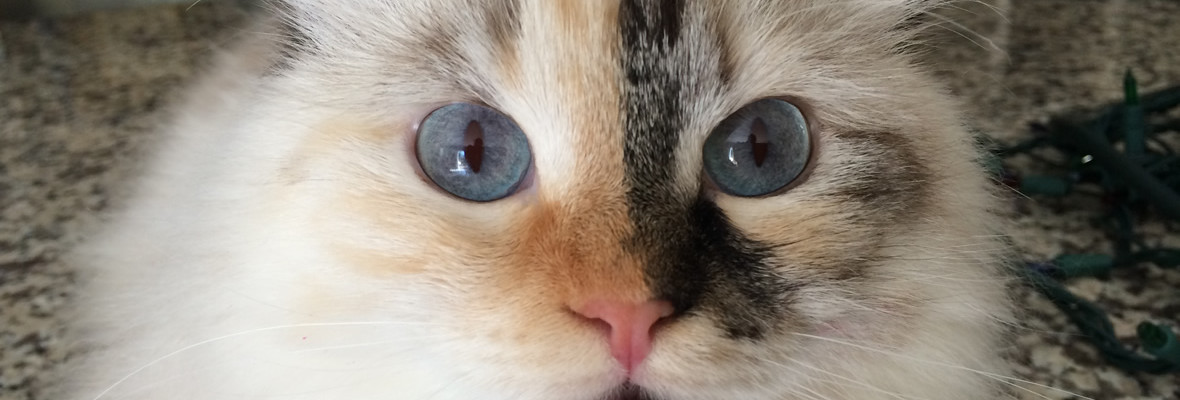Hypo-Allergenic Cats:
After many years of breeding Siberians and having many people visiting my home, I started to notice that people with cat allergies could tolerate the Siberian. I myself am allergic to cats and I have no problem with them. Some Siberian breeders have thought that the Siberians may have reduced cat allergens called FEL D1. This allergen is extremely potent. Secretions from the glands of the skin are the primary source of FEL D1, but it is also deposited on the fur through the saliva when they clean themselves. Eventually the allergen flakes off and becomes airborne to trigger the symptoms that characterize allergies to cats. Feline allergen levels vary within the Siberian breed, and human reactions to this allergen vary considerably. Please remember, the term hypoallergenic means “causes less allergic response”.. Just through many years of experience I have placed kittens in homes of people who have never been able to own a cat before!! If possible it is best to visit a Siberian in person.
Multiple studies have shown neutering sharply reduces Fel-d1 levels and allergic reactions. The allergen is hormonally controlled, and non-neutered males produce the highest levels. After neutering, allergen levels drop sharply in both males and females. We recommend early neutering in households with cat allergies. Croshka Siberians has started taking samples of saliva for testing Fel-d1 allergen levels from our adult breeding cats. These samples are sent to Indoor Biotechnologies, which specializes in measuring Fel-d1 allergens. Much to our pleasant surprise a large majority of my cat line has very low allergen levels!!!! Levels of Fel-d1 increase during the first year or two, so we must wait until cats are nine to twelve months old to begin allergen testing. At this time there is no method of testing a kittens for levels of Fel-d1.
Male vs. Female Behavior Findings:
In the book “The Cat’s Mind” by Dr. Bruce Fogle, a survey had been done with over 100 small animal Veterinarians. He was trying to determine the different behavior in males and females and neutered male and female cats. This was a “forced evaluation” survey.
The survey determined that NEUTERED MALES AND FEMALES SHOWED MINIMAL DIFFERENCES IN BEHAVIOR. Neutered males are very slightly friendlier to other household cats and are slightly easier to handle and give a little more affection than females. There is no difference in their demand for attention, hygiene, level of activity, destructiveness, use of voice, excitability or playfulness. Both male and female cats can spray when not spayed or neutered.
Whereas the difference in behavior between male and female dogs are still major differences after neutering, this is not true with cats. There is some evidence that as far as friendliness to other cats, handling and giving affection, NEUTERED MALES ACTUALLY MAKE EASIER PETS THAN DO NEUTERED FEMALES.
Size Issue: Female cats average 8-13 lbs, males average 10-18 lbs, with some being larger. Males do become much more muscular than females. Siberians are slow to mature and take up to five years to fully develop.
Personality:
The Siberians have a wonderful dog like purrrrrrrsonality and they are very affectionate!!! A Siberian never runs off and hides under a chair or bed when seeing a stranger. Unlike many breeds this breed will come over and greet the stranger. They are very intelligent and learn quickly and even “problem solve” to get what they want. They love to be spoken to and will come running if called by name. Siberians also have a triple purr and unlike other breeds have a chirping sound when coming up to greet you. They also have a large bushy tail that stands at attention and does a shimmering effect when happy, that may look like they are spraying to some which is not what they are doing. Siberians have a fascination with water, often dropping toys into their water dishes or investigating bathtubs before they dry. This is the ideal lap cat that is calm and yet very active at playtime.



